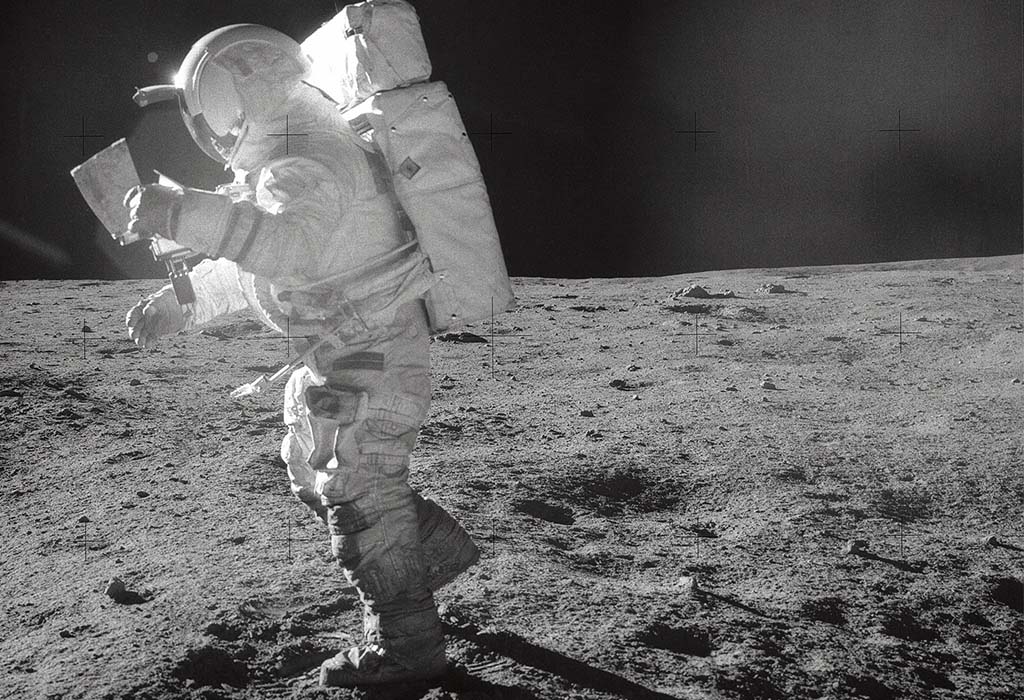The smells of space: our moon
Space might have its own unique tang, but that doesn’t mean the smells of the universe are well … universal. Scientists think that different objects in space—comets, planets, moons and gas clouds—may all have their own distinctive aroma.
When recalling the smell of the moon, Apollo 17’s Harrison ‘Jack’ Schmitt said ‘everyone's instant impression of the smell was that of spent gunpowder’. This is interesting because the makeup of lunar dirt is completely different to that of gunpowder. Moon dust is made up of silicon dioxide glass (created by meteoroids hitting the moon), as well as iron, calcium and magnesium contained in minerals such as olivine and pyroxene. Modern gunpowder, on the other hand, is a combination of nitrocellulose and nitro-glycerine. So why the apparent similarity?
There are several theories.
One put forward by astronaut Don Pettit is the ‘desert-rain’ effect. ‘The moon is like a 4 billion year old desert … when moon dust comes in contact with moist air in a lunar module, you get the ‘desert-rain effect’ (where molecules that have been trapped in dry soil are released), producing smells previously hidden.

Solar winds are another potential answer. Hot solar winds of hydrogen, helium and other ions buffet the moon’s surface and may become trapped in the dust. Gary Lofgren, who proposed this idea, thinks that when the ions are dislodged, (such as by an astronaut’s footsteps), and then come into contact with warm air inside the lunar module, they would evaporate. The combination of solar wind ions and oxygen in the cabin would produce unique odours.
Similar to astronauts who report a ‘burnt metal’ smell when they return from a space-walk, it may be that moon dust undergoes oxidation when exposed to oxygen within the lunar lander. Oxidation is similar to burning but produces no smoke or flames—though it may account for the smell.
Interestingly, moon dust that has made the journey back to Earth has no smell. While the dust is soft like snow, it is also abrasive with jagged edges. These edges were sharp enough to damage the seals on the containers used to collect it. This meant that the samples were exposed to moist, oxygen-rich air long before they arrived on Earth, so any smells or reactions that may have been observed had already occurred.
NASA is planning a return to the moon in 2018, so we’ll have another chance to study, collect and inhale the mystery that is moon dust.
Note: Moondust does not resemble modern gunpowder, as explained above. It also does not resemble old-fashioned 'black powder', made of potassium nitrate, charcoal and sulfur.





